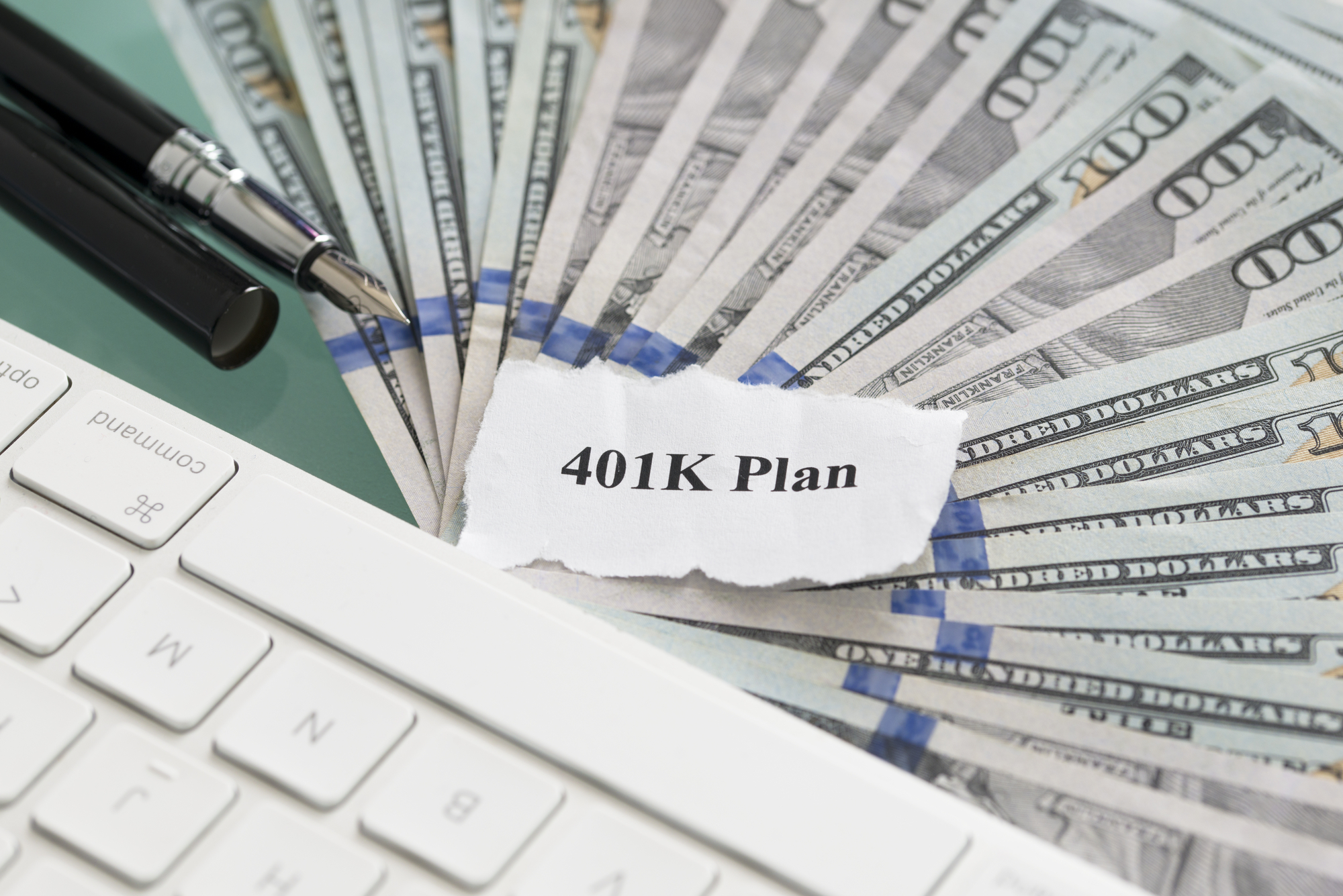There was probably a time when having a 401(k) nest egg retirement plan made individuals feel they were financially well-prepared, with a solid plan of retaining enough money in retirement.
Today, it is nearly impossible to survive without an employer–sponsored retirement plan. But many people do not realize that their retirement nest egg may not be large enough to sustain their standard of living for a lifetime.
Though they are an excellent nest egg that will help pad retirement expenses, they may not be enough. Many working-class people are not certain that they’ll have enough money with a 401(k) after they stop working.
Fortunately, being mindful of certain considerations and making smart
financial decisions is helpful. Doing this helps individuals keep more retirement money for themselves and less of it in the hands of the government.
Read on through this article if you’d like some pieces of advice on whether or not a 401(k) plan offers you ample saving for retirement.
401(k) Considerations
A 401(k) can help an individual get ready for retirement, but people must consider important factors to protect
one’s assets and ensure they build enough funds.
It is crucial to build a retirement nest egg in the right way. An individual must understand the purpose of a 401(k) and what it takes to be financially secure.
With that being said, here are some things you should consider when it comes to your 401(k).
Taxes and Inflation
The cost of living continues to increase. Some individuals who saved a significant amount of money when they were young find that it isn’t enough later in life.
Additionally, once you withdraw funds from the account, you must pay taxes based on your current income level. This means that the government gets a good portion of the saved money.
Therefore, inflation and taxes can eat away at your nest egg over time. Studies found that
a 1% inflation rate could wipe out $34,406 in retiree benefits, which can be very disadvantageous to retirees.
Maximum Contributions
When it comes to 401(k) plans, there is a limit on how much an individual can contribute each year. This amount is known as the annual contribution limit.
The IRS limits the percentage that an individual can contribute from their salary. In 2020, the maximum amount allowed is only $19,500. For someone making $150,000 a year, that total comes out to only a 12% savings rate.
If you are going to make the maximum contribution possible each year, you should start saving earlier in life so that you have more time to save and retire without worrying about money later in life.
Savings Rate
The percentage of your salary that you can contribute to a 401(k) plan is known as the savings rate. The lower the savings rate, the more you will have to rely on Social Security and other government benefits when you retire.
For a lot of 401(k) account holders, savings rates are a concern. They do not grow very quickly and likely will not have enough time to lead to a comfortable retirement. Many accounts have a savings rate as low as 10%.
Individuals should aim for a savings rate of 10% or higher. If they save 10% of their salary each year, they will have more money in retirement to support themselves.
Is There a Better Way than the 401(k) Nest Egg Retirement?
Individuals who find that a 401(k) has plenty of shortcomings are likely wanting to find a better way to save for retirement. Fortunately, there are steps that they can take for a safer future.
Max-Funded Tax-Advantage Insurance Policies
Look into max-funded tax-advantage insurance policies. These types of accounts are not taxed like 401(k) or other retirement plans. When an individual saves money, that money belongs to them. The government does not get to swoop in and claim up to ⅓ of the funds like they do with retirement funds.
These accounts are completely legal, not a tax-loophole.
The IRS code fully explains how an MFTA account works.
Ask about MFTA accounts to see if there is a better option available for your retirement planning, so you can be 100% sure of your financial security.
Adding a Roth IRA to Your Plan
An individual can add a Roth IRA to their 401(k) plan. This is a good option for individuals who have substantial amounts of money saved in the 401(k) and want to make sure that their funds are not taxed when they retire.
A Roth IRA is completely tax-free, meaning you won’t have to pay taxes on the money you put into it when you withdraw it.
You can only contribute up to $6,000 per year as of 2022, but this will be enough for most people.
Additionally, once you withdraw funds from your Roth IRA, you can avoid certain taxes and penalties if you fulfil their criteria. The funds will simply be returned to your account with no tax consequences. It is a great way to protect yourself from future tax bills if your 401(k) plan does not have enough retirement savings in it.
Take Advantage of Catch-Up Contributions
If you are 50 or older, you can contribute an additional $6,000 to your 401(k) plan. This is known as the catch-up contribution.
Furthermore, if you are over the age of 50 years old, you can contribute an additional $1,000 if you have been a participant in your company’s 401(k) plan for at least five years.
Additionally, when your employer offers to match your 401(k) plan contributions, make sure you at least match their contribution percentage. That will allow you to take full advantage of that match.
Finally, you can use additional strategies, like setting up automatic contributions or finding other secondary sources of income.
Review Your Asset Allocation
Individuals should review their asset allocation to make sure that they are not over-allocating to stocks. If you are investing in the stock market, it is crucial that you research into asset diversification.
You may want to increase the percentage of your assets that are in stocks. Stocks have historically returned more than bonds over the long term.
However, a higher stock allocation can also increase the risk of a person’s retirement account. This is because when stock prices fall, it can be hard to recover from that loss. If a person’s investments fall too much, they may not have enough money for retirement and will be forced to work for years after they stop working.
The best way to plan for retirement is to use a mix of both stocks and bonds so that you are not solely relying on one investment option. You should make sure that you have enough money set aside in case one of these investments loses value or if you decide to withdraw funds early from your 401(k).
Don’t Avoid the Stock Market
There are some people who avoid the stock market because they think it is too risky. However, it is a good idea to get a basic understanding of the stock market.
You should start by getting familiar with different types of investment vehicles such as ETFs and mutual funds. It is important that you understand how these investments work and what risks they may have.
Investing in the stock market can be risky, but there are ways to mitigate those risks by learning about them beforehand. That way, you can decide if investing in the stock market is right for you and your financial goals.
Refer to Experts
If you’re curious about the best way to save for retirement, you can work out your retirement goal using a retirement calculator.
Better yet, speak with a knowledgeable financial expert or advisor. The bottom line is that individuals should not feel like they have to solely invest in a 401(k) plan just because their employer offers it.
They should instead look into investing in other types of retirement accounts such as an IRA or MFTA accounts. Doing this will allow them to take control of their retirement and ensure that they have enough money when they stop working.












